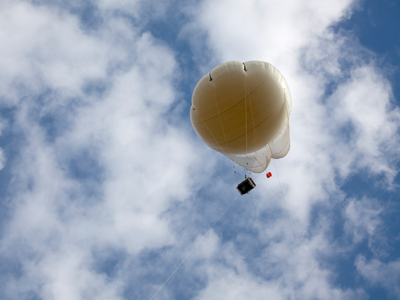
Weather Forecasting
Weather forecasting is one of the topics looked at in GCSE Geography. This quiz looks at some of the tools and methods used in weather forecasting, and also at the National Meteorological Office, which is better known as the Met Office.
In 1859 the sailing ship Royal Charter steamed past the safety of the port of Holyhead, trying to reach Liverpool in time to maintain her record as one of the fastest ships. She anchored off the coast of Wales to wait for a pilot to take her into Liverpool docks. There was no need to rush, the weather seemed calm and non-threatening. But appearances can be deceptive. A storm struck and by the morning the ship had been driven onto the rocks and 400 of her passengers were dead. In that one storm, which had hurricane force winds, 800 people died, 133 ships were sunk and most of the British fishing fleet was driven ashore.
Ready for more?
not all...
quizzers. Try to win a coveted spot on our Hall of Fame Page.







